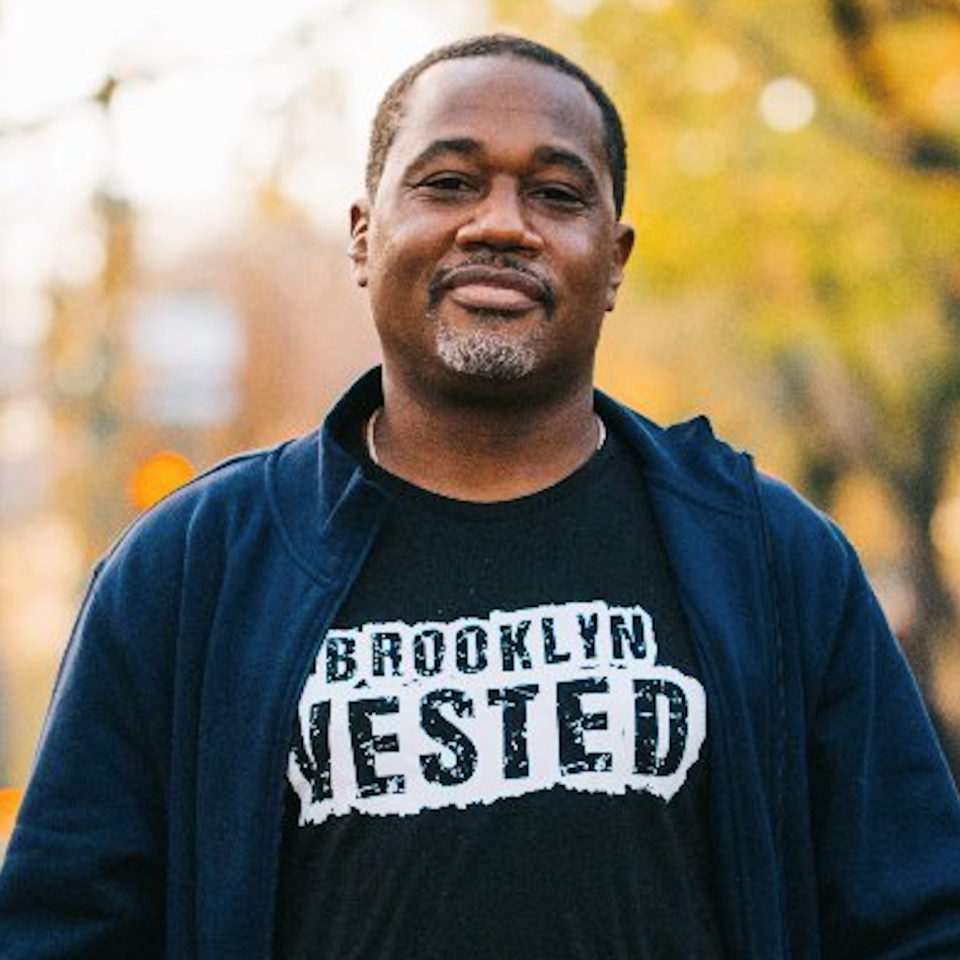By Khari Edwards
Most of the current New York cannabis conversation centers around the budding adult-use market and when the first dispensary will open. However, the foundational role of the state’s medical cannabis program cannot be forgotten, even as recreational sales begin to launch statewide. Currently, New York only has 38 medical cannabis dispensaries, and these scattered dispensaries must care for the over 150,000 people registered in the medical cannabis program. Based on where these dispensaries are located, many patients must drive significant distances to access medicine they use to treat chronic pain, anxiety, PTSD, and a very long list of other conditions.
Luckily, many industry experts anticipate the Office of Cannabis Management (OCM) will announce expansion of the medical cannabis program before the end of the year. This is fantastic news for patients already enrolled in the medical program, as well as incoming patients. While all New Yorkers over the age of 21 will soon be able to purchase tested and regulated cannabis at a nearby recreational dispensary, those who utilize the plant for medical purposes will continue to receive significant benefits from the medical program, such as access to consistent products offerings designed more specifically for medicinal purposes, and, potentially, the ability to purchase their medical cannabis with fewer associated taxes.
While medical cannabis expansion is welcomed and necessary, simply adding more dispensaries won’t completely fix the access problem. Medical cannabis access in the U.S. has disproportionally become a racial issue, with a 2020 study reporting 87.5 percent of medical cannabis patients were Caucasian. This means that the populations most detrimentally impacted by the War on Drugs and cannabis prohibition are not fully taking advantage of the immense benefits of medical cannabis.
This glaring disparity showcases itself in the lack of access in Black and Brown neighborhoods. A 2022 study found that, “In New York, medical cannabis services are least available in neighborhoods with Black residents.” For the expansion of the medical program to be as impactful as possible, it is imperative that the new medical cannabis dispensaries are not just located in the highest populated areas, but in areas populated by ethnically and economically diverse New Yorkers.
If medical dispensaries continue to only be in predominantly white or middle- and upper-class neighborhoods and are only operated by individuals of the same demographic, medical patients who hail from outside these areas will face the time and logistical obstacles of commuting a farther distance for their medicine.
Locating and sustaining quality dispensaries within these communities also means they are more likely to hire employees from these communities. This the staff will then be better equipped to educate their neighbors on the benefits of medical cannabis and more people of color can take advantage of the medical cannabis program. As someone who hails from one of these diverse communities, Crown Heights in Brooklyn, I’ve seen firsthand the value of having businesses and brands run and operated by folks who community members can identify with and who can understand their culture, experiences and sensitivities.
Another critical layer to this issue is understanding that in the medical program cannabis is considered a medicine and these dispensaries are trusted to give recommendations on products. As someone who also has a background in government and healthcare, it is clear to me that there is a pervasive, historical hesitancy and lack of trust among black and brown communities to trust medical institutions and programs. It is likely that many people from these areas do not fully understand how the medical program works or know how to obtain a medical card. Having medical dispensaries in these municipalities, operated by community members and culturally competent individuals, will foster more confidence in program and allow for on-the-ground education on the benefits of medical cannabis and the necessary steps for becoming a patient.
The prospect of an expanded medical cannabis program is welcome and long overdue. New York’s medical patients deserve improved care and attention, even with the launch of recreational sales on the horizon. However, we must not continue the shortcomings of the current program with this expansion. Medical patients of all backgrounds must have easier access to their cannabis but should also feel represented by those operating their dispensaries and offering counsel on the program, products and how to obtain a medical card. To truly achieve this, with sustainable success, is to ensure that medical dispensaries are included in ethnically, culturally, and economically diverse neighborhoods. When New Yorkers, regardless of race, social standing, or residing neighborhood all have equitable access to medicinal cannabis, the legal market can show reverence to the medical community which carried the torch.
The OCM should be applauded for its thoughtful rollout of the adult-use market and deliberately prioritizing communities that have been harmed by cannabis prohibition as business applicants. But for cannabis to be truly equitable in New York, that same approach and care must be given to medical expansion.
Khari Edwards is Head of Corporate Responsibility at Ayr Wellness. He spent over 25 years in public and government service, working for several elected officials, non-profit organizations, and city agencies where he focused on strengthening communities by advocating and addressing racial, health and civic disparities.
The opinions, content and/or information in this article are those of the author and are independent of BK Reader.




